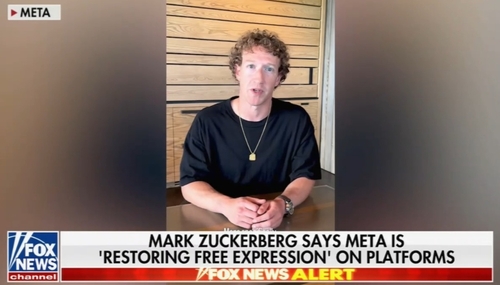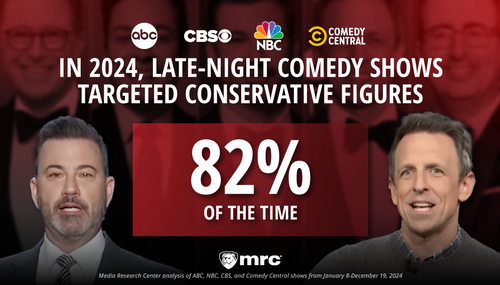Watch national news outlets choose which results of its opinion polls they report, and which ones they bury. It tells you everything you need to know about their political agenda.
On the morning of Sunday, April 15, ABC anchor Paula Faris reported a new ABC News-Washington Post poll that showed President Trump’s approval rating “ticking up slightly” to 40 percent, “lifted in part by the strong economy.” On screen, the graphic also pointed out that 56 percent disapproved.
 Having established that America disapproves of her GOP president, it seemed fair to continue the narrative by connecting it to the next segment. ABC anchor Dan Harris then asked George Stephanopoulos about his hour-long special that night touting former FBI director James Comey’s book: “To your eyes, do you, do you see anything in this Comey book and interview that could hurt that approval rating?”
Having established that America disapproves of her GOP president, it seemed fair to continue the narrative by connecting it to the next segment. ABC anchor Dan Harris then asked George Stephanopoulos about his hour-long special that night touting former FBI director James Comey’s book: “To your eyes, do you, do you see anything in this Comey book and interview that could hurt that approval rating?”
Stephanopoulos said it was “a scathing personal assessment of President Trump. A scathing assessment of his presidency and what he believes President Trump is doing to the institutions and the rule of law in the country.”
But The Washington Post’s poll also had bad news for Democrats in Congress.
That part of the survey was covered....on page A-4. “Democrats hold an advantage ahead of the midterm elections, but a Washington Post-ABC News poll shows that edge has narrowed since January, a signal to party leaders and strategists that they could be premature in anticipating a huge wave of victories in November,” they reported. Forty-seven percent of registered voters prefer the Democratic candidate in their district, while 43 percent favor the Republican. “That four-point margin compares with a 12-point advantage Democrats held in January.”
That “blue wave” could still happen. This is just one snapshot. But it’s interesting that a shrinking advantage for Democrats didn’t get a lick of air time on ABC. Pollsters also sought an approval rating for House Democratic leader Nancy Pelosi – 32 percent positive, 44 percent negative – and ABC whistled past that disastrous number, too.
They’re not alone. An April NPR/PBS Marist poll found the Democrats were ahead by only five points in the generic ballot question, 44 to 39 percent. That’s a point more than the 3.9 percent margin of error. Neither NPR nor PBS reported that.
The new April NBC News-Wall Street Journal poll found a gap of 47 to 40 percent for the Democrats, slipping from a 10-point gap in their last survey. That was discussed on one show on April 15, Meet the Press.
Chuck Todd reported that number but then used another number to put a positive spin on it for Democrats, saying the “news gods have a sense of humor.” He said “66 percent of Democrats say they’re highly interested in the midterm election, while just 49 percent of Republicans say the same thing.” Todd pointed out that in 2010, these numbers were exactly reversed, and we know about the wave election of 2010.
No one expects these networks to report all of their polling results. But consumers should beware that these “facts first” networks have a tendency to pass over the results they don’t like and heavily emphasize the ones they do.
Whether they are reporting on polls or policies or scandals and gaffes, everything the networks report sounds like dark clouds and stormy seas for Trump and the GOP. Disaster is always around the corner. The wishful thinking is palpable and incessant.





